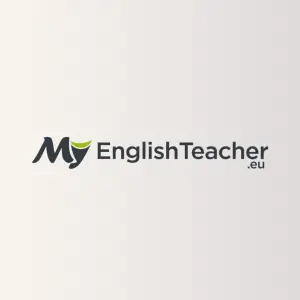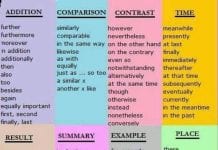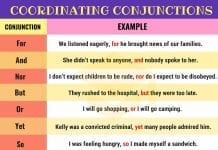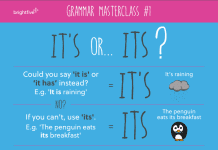As we know, nouns are naming words and verbs are doing words. They are the most important words in a sentence. When we study English grammar, we should learn nouns and verbs first. A noun has several types, like proper, common, countable, uncountable, etc.; while verbs can be classified as transitive and intransitive.
In this article, we will focus on sentences following the Noun + Verb pattern like the following examples:
- Thomas wrote a letter to his boss.
- Lisa studied hard for her exam.
In the examples, above, the proper nouns Thomas and Lisa are subjects and they are followed by the verbs wrote and studied respectively.
It is important to note that sentences in simple tenses (past simple and present simple tenses) follow Noun + Verb pattern.
- A lion roars.
- A bird sings.
- My teacher taught me how to write a formal letter.
- His doctor advised him to rest for a week.
This can be very simple, however, there are nouns and verbs that do not often go together. In learning English, it is important to develop an understanding of these words that regularly occur together, which are called collocations. For example, we cannot say “A lion yells”. The noun lion and the verb yell do not go together.
Some examples of Noun + verb collocations are:
- My plane takes off at 8.am. tomorrow. (We cannot say “My plane departs at 8.m. tomorrow.”)
- My neighbor’s firecracker went off when I was falling asleep last night.
- The hen laid some eggs last week.
- A female crocodile builds her nest on the banks of a river.


























